 Contact
Contact
Michael Tam
Department of Chemical Engineering
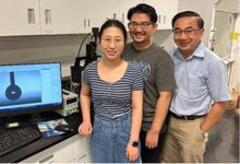
Photo from left to right: Yi Wang, Weinan Zhao, Prof. Tam.
Introduction
Climate change and drought is threatening water security in many regions of the world. With advances in biomimetic surface engineering, innovative and sustainable approaches to decentralize the provision of safe water in dry areas using systems that capture atmospheric water have attracted increasing attention. Fog harvesting is an inexpensive and low-maintenance technology particularly suited to mountainous foggy areas with high relative humidity, while dew harvesting can be implemented in areas with large diurnal temperature ranges. Moisture harvesting is a process to extract atmospheric water in arid climates using solar energy, while solar evaporation technology can harvest solar energy to generate freshwater vapour (Figure 1).
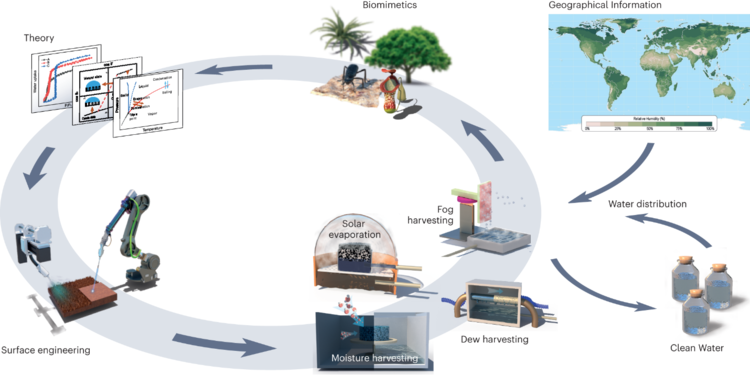
Figure 1: Nature-inspired water harvesting technologies
Atlas of the Biosphere, Nelson Institute Center for Sustainability and the Global Environment, University of Wisconsin-Madison.
This review paper provides an overview of the design of surfaces and active components to optimize the behaviour of water droplets in different water harvesting systems. Taking inspiration from nature, it presents a critical survey of the surface wettability, structures and compositions used by various animals and plants to manage their water demands. The paper summarizes the latest progress in developing desired surface properties and strategies to advance key processes in water harvesting. Challenges and opportunities associated with the next generation of sustainable water harvesting systems are identified.
Discussion
Bioinspired surface design
Key biological processes that water harvesting technologies rely on are droplet nucleation, growth and removal (fog and dew harvesting), vapour sorption–desorption (moisture harvesting) and evaporation (solar evaporation). Many plants and animals in the natural world have unique surfaces, structures and materials that control their interactions with water, sustaining them in diverse geographical locations and environmental conditions (Figure 2). These natural characteristics can be adapted for manipulating water behaviours through the construction of smart surfaces.
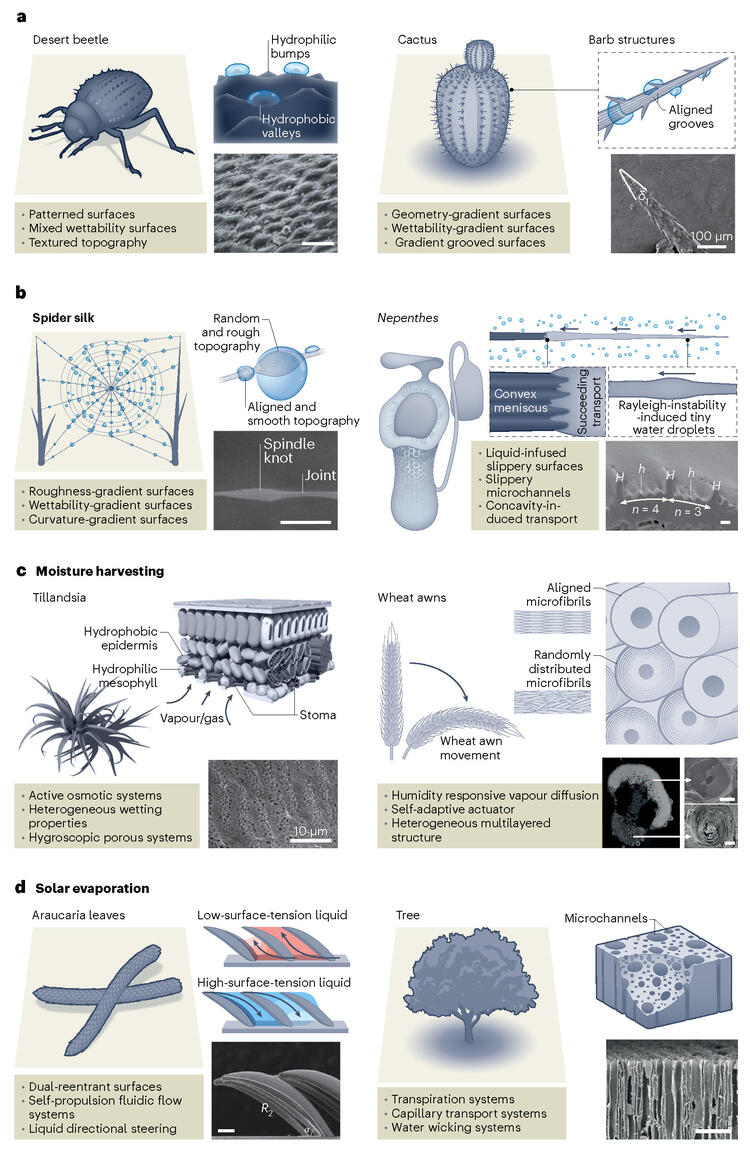
Figure 2: Structures of animals and plants that have inspired water harvesting devices
a, Fog harvesting; b, Dew harvesting; c, Moisture harvesting; d, Solar evaporation.
Fog and dew harvesting
Surfaces modified through biomimetic engineering have optimized the manipulability of water droplets. For example, beetle-inspired biphilic surfaces enhance nucleation to synergistically incorporate physical interception and chemical method to capture water. Harvesters simulated from periodic-spindled fibres of spiderwebs have been incorporated in designs yielding continuous condensation and efficient droplet coalescence. Pinning-free transport is a key factor that determines the durability of water collectors. One pioneering strategy uses hydrophilic, directional, slippery rough surface to facilitate rapid droplet removal and reduce droplet pinning (Figure 3a). To address the trade-off between water nucleation and transport efficiency, dual- or triple-integrated bioinspired water harvesting surfaces have been fabricated to separately manipulate the water–surface interaction behaviours (Figure 3b).
The retention of liquid repellency over extended periods is a challenge. Dropwise collection on superhydrophobic surfaces designed based on cicada wings has emerged as an effective strategy (Figure 3c). The long-term durability of superhydrophobic surfaces has been improved through the integration of ‘armour’ microstructures, self-healing surfaces or elastic skin layers (Figure 3d). Strategies to address lubricant retention have been proposed (Figure 3e), while the introduction of slippery, omniphobic, covalently attached, liquid (SOCAL) surfaces resulted in sustained and efficient dropwise condensation that minimized air/lubricant losses and enhanced heat transfer during condensation (Figure 3f).

Figure 3: Strategies for the design of fog and dew harvesting surfaces
a, Droplet mobility on a hydrophilic rough slippery surface; b, Quadruple-biomimetic surface for fog harvesting; c, Branched nanorod surface for inhibiting condensation-induced droplet wetting; d, Superhydrophobic surface within a protective microstructure armour; e, Lubricant retention in nanotubes in comparison with nanopillars and nanoholes; f, Heat transfer coefficient versus heat flux on quasi-liquid surfaces, superhydrophobic surfaces and liquid-infused surfaces.
Moisture harvesting
The performance of moisture harvesters is strongly dependent on the sorption–desorption processes and freshwater productivity. New sorbents with porous structures have been developed to enhance the water molecule sorption–desorption cycling capacity, such as hygroscopic salt imbedded membranes or polymeric gels (Figure 4a). An aluminium-based metal–organic framework (MOF) has shown promise in achieving high water productivity through precise modulation of the water molecule adsorption sequence (Figure 4b). Incorporating MOFs in 3D polymeric networks offers a promising solution by enabling enhanced sorption–desorption kinetics and spontaneous water oozing (Figure 4c). A Tillandsia-inspired solar-powered system using a hygroscopic photothermal organogel has been developed for the synergistic enhancement of moisture sorption and release (Figure 4d).
Hygroscopic-salt-imbedded composites have been fabricated to accelerate water diffusion and sorption, such as a wood-inspired moisture pump where a nanofibrous membrane is coordinated with the hygroscopic salt via a simple soaking process (Figure 4e). One concept expedites the desorption process in a packed MOF bed through forced convective heating (Figure 4f). Implementing energy-efficient methods in active harvesters is essential, for example by using low-grade energy sources to autonomously release water from the sorbent (Figure 4g). Radiative cooling condensers and photovoltaic modules could further improve performance (Figure 4h), while a fully automated and self sustainable solar-powered SmartFarm device was recently developed to irrigate plants utilizing harvested water (Figure 4i).
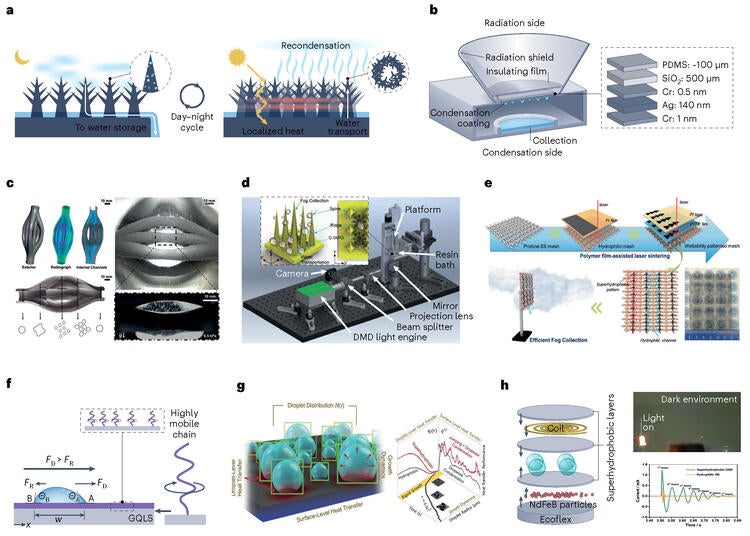
Figure 4 Energy management and materials optimization in fog and dew harvesting systems
a, Microstructured hydrogel membrane for all-day fresh water harvesting; b, Working principle, with separated radiation and condensation; c, Jumping droplet condensation on a metal additive manufacturing condenser; d, 3D-printed fog collector; e, Preparation of a wettability-patterned mesh via polymer film-assisted laser sintering; f, Droplet motion on a quasi-liquid surface with a molecular gradient; g, Deep learning of the thermofluidic process of condensation; h, Simultaneous electricity generation and water collection from flowing fog.
Solar evaporation
An important element in solar evaporation is antigravity water transport from the ground up. Nature-inspired aligned porous structures are used in the design of water channels in a 3D fabric evaporator with vertically aligned yarns with a multiscale pore structure (Figure 5a). By adjusting the ratio of hydrophobic/hydrophilic regions, system efficiency can be optimized with increased water transport rates and reduced vaporization enthalpy (Figure 5b). Some new strategies, such as salt backflow, have been implemented in wicking devices to address salt blockages under continuous operation (Figure 5c). Inspired by the superfast water transportation of the Nepenthes peristome surface, a biomimetic 3D bridge-arch solar evaporator has been proposed to induce free-flowing water film to eliminate salt accumulation (Figure 5d).
Compatible structural designs and materials for the water transport layer, thermal insulation and salt rejection are critical. One concept is to modify the water channel with plasmonic nanoparticles, carbon-based materials or metallic nanoparticles that facilitate the detection of pollutants as the water is continuously being purified (Figure 5e). Another design that comprises an inverted-structure solar water purifier that drives condensed vapour downwards has been introduced to avoid heat and optical loss (Figure 5f). A vibrating cantilever beam that promotes vapour flow and enables selective condensation without additional energy input has been proposed (Figure 5g). A prototype using interfacial solar heat localization and vaporization enthalpy recycling to generate a localized multistage thermal solar still resulted in an ultrahigh solar-to-vapour conversion efficiency (Figure 5h). A photovoltaic-assisted solar distiller based on waste heat utilization was developed and exhibited promising results in improving freshwater yield (Figure 5i).
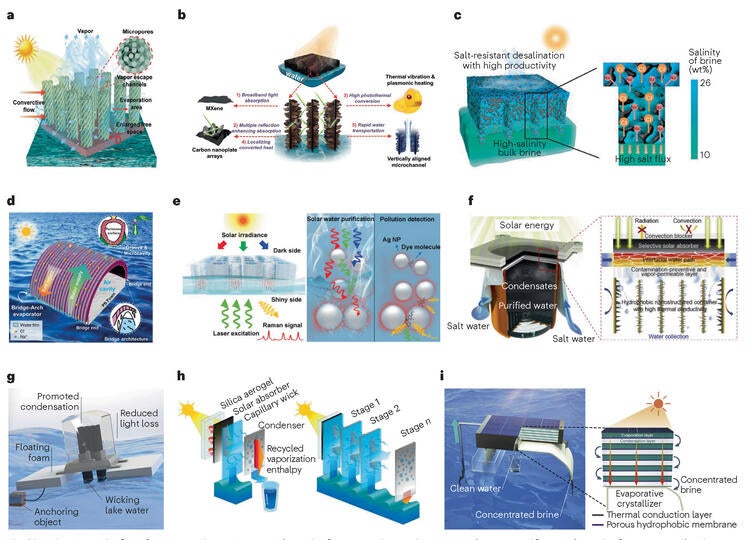
Figure 5: Design strategies for moisture harvesting systems
a, Atmospheric water harvesting by a solar-powered nanostructured biopolymer hygroscopic aerogel; b, Water sorption isotherm and crystal structure of MOF; c, Autonomous atmospheric water seeping MOF matrix; d, Absorbing water from the air by a Tillandsiainspired hygroscopic photothermal organogel; e, Fabrication of biomimetic bilayers via electrospinning and salt immersion; f, Water harvesting cycle; g, Dual-stage atmospheric water harvesting device; h, Rapid-cycling continuous water harvester; i, SmartFarm device.
Conclusions
Important progress in the design of sustainable water harvesting systems has been achieved through the use of biomimetic surface engineering principles. Additional research is required to further evaluate sustainable systems design, structure-function relationships and scalable and cost-effective production.
The large-scale production of water harvesting surfaces and materials must be accomplished using simple, environmentally-friendly fabrication methods and appropriate, non-toxic materials. Finding an efficient method to balance the trade-off between energy consumption and water harvesting efficiency is necessary. Although passive systems, such as fog harvesters, are already fully autonomous, active systems require energy to achieve phase-change heat transfer. The coupling of water harvesters with advanced energy management systems could optimize multi-stage energy requirements.
Despite the large number of biomimetic water harvesters being designed, there is a lack of design guidance to accommodate different demands in dynamic water management. By exploring the fundamental mechanism of each process, combined with tools such as artificial intelligence, machine learning and materiomics, the design of new functional materials and structures could be enhanced. Biomimetic surface engineering offers new insights into producing intelligent water harvesting systems by combining nature and synthetic analogues to create self-organizing, self-powered, self-sustained and self-evolving structures.
The design of a prototype system that is capable of harvesting large amounts of water under a continuous-flow regime should be developed. A standard that includes requirements to quantify the freshwater productivity and quality, energy consumption and conversion efficiency and costs of materials and devices should be developed to benchmark the feasibility and performance of sustainable water harvesting systems and technologies.
Read more in Nature Water
Wang, Y., Zhao, W., Han, M., Xu, J., Tam, K. C. Biomimetic surface engineering for sustainable water harvesting systems. Nature Water, July 2023. https://doi.org/10.1038/s44221-023-00109-1
For more information about WaterResearch, contact Julie Grant.
Floral Cardinal Airplant Image by U.S. Government from Flickr






